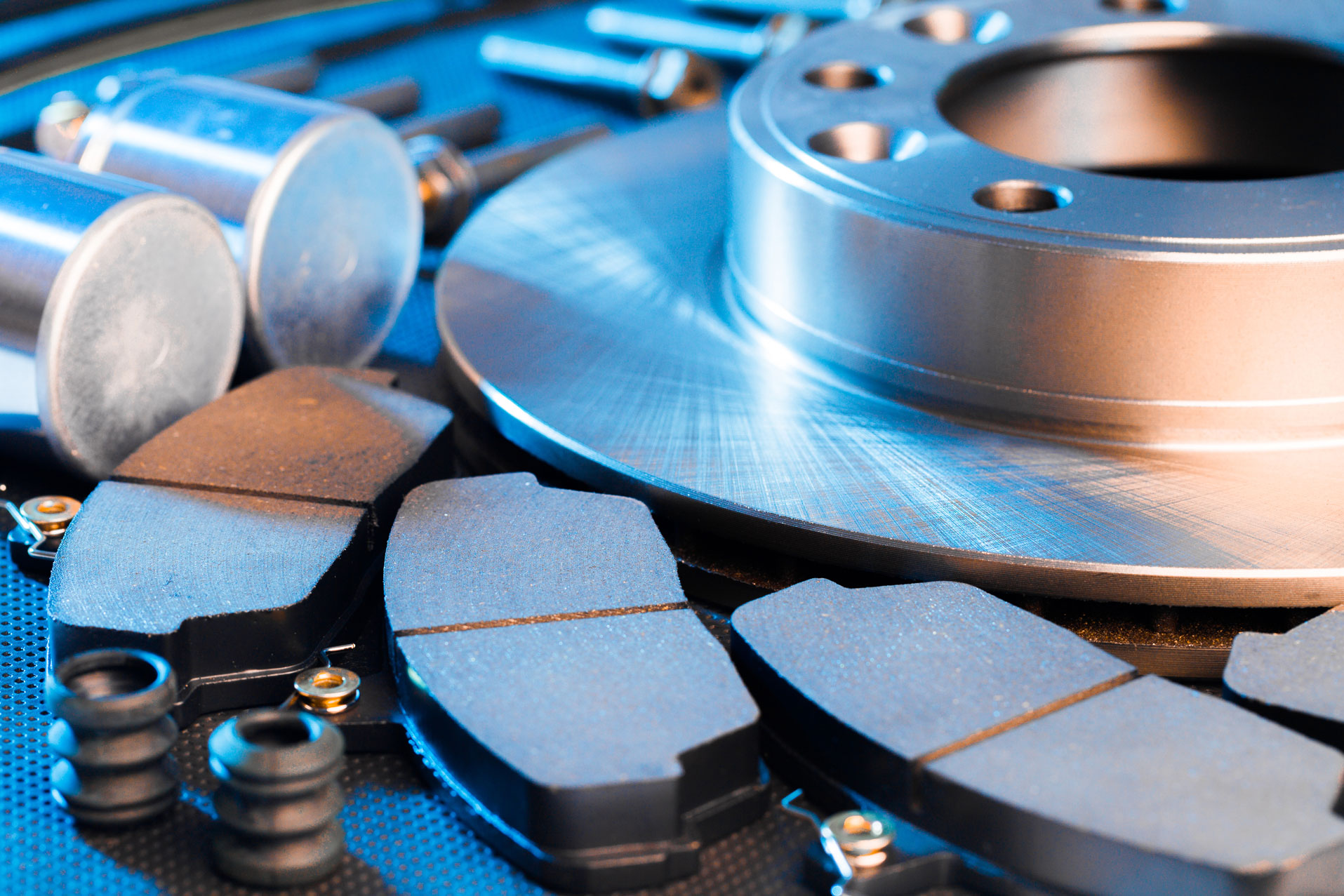
When to Replace Your Brake Pads
Imagine you purchased a brand-new car four years ago from your favorite dealership. Even though it’s been a while, you swear you can still smell the brand-new car seats. The day is sunny, the highway is clear, and you can’t wait to get home, park your car in your garage, and turn in after a long day.
But things don’t always turn out the way we want them to.
You’re nearing a stop behind another car at your highway exit. Suddenly, you hit the brakes. A painful grinding noise that only worsens when applying pressure to your brake pad breaks you from your peaceful drive. Your car starts to vibrate, and it takes you much longer to stop behind that blue car in front of you.
Luckily, you manage to come to a stop right before your cars make an impact.
So, what exactly happened, and more importantly, how do you know if it’s something that needs urgent attention? As a responsible driver, you turn your car around and take it to the nearest auto shop to figure it out.
Amarz Auto Services has created a guide to help you understand the brake system and when you need to take your car in for some brake service.
How do brake pads work?
The brakes in your car consist of an intricate braking system. Applying force to the pedal activates a cylinder containing brake fluid that pushes it through toward the brake pad. Then, that pad, made out of a piece of flat metal, presses down on the brake disc; this causes the wheel to stop turning slowly.
The harder you push the pedal, the faster your car will come to a stop. When you take your feet off the brake pedal, that brake fluid returns through the cylinder, allowing your wheels to move again.
The different types of brake pads
Different types of brake pads fit different types of cars or different kinds of performance. Some are more expensive than others; some perform better than others. However, it is up to you to decide which brake pad is appropriate for your vehicle.
- Ceramic Brake Pads: They are the most expensive type of pad available, but they have a longer life span. Suppose you are looking to give your brakes longevity. In that case, ceramic pads are worth the investment, saving you from having to replace them more often. Therefore, they are easier for your wallet in the long run. They are less noisy and tend to leave less dust residue behind.
- Metallic brake pads: These tend to make a lot of noise and create more dust residue than ceramic ones. They don’t break down so quickly, but they don’t last as long as ceramic pads do.
- Semi-metallic brake pads: These tend to mix metallic and organic compounds. They are also durable but have lower friction, especially in cold temperatures, so you’ll have to press down on that pedal a bit harder during winter. They are also noisy pedals and probably not the right choice for those who like some quiet driving.
- Organic brake pads: Organic brake pads are much more budget-friendly, so if you’re looking for a cheaper option, these might be the ones you are looking for. However, lower prices come with downsides. Organic brake pads break down faster, which means quicker replacement than metallic and ceramic.
When to take your car for a brake replacement
You don’t want to wait until your car gives you all the loud and obvious warning signals to take it to the shop. If you service your cam in a timely manner, your auto servicer will tell you whether your brakes are wearing down and need a replacement; however, it’s not always possible to take your car for maintenance every 5,000-7,500 miles; things get in the way, we understand.
Auto-servicers recommend a change of brake pads every 10,000-20,000 miles. The rotors in your brakes have a longer life span and can hold out up to 70,000 miles before they need replacement.
Signs your car needs brake service.
There are things you can watch out for that will warn you that your brakes need to be repaired. Remember, brakes are one of the most essential parts of a vehicle; faulty brakes cause about 25% of all car accidents per year in Canada.
- Slower response time: if your brakes are taking longer to make your car come to a stop or your pedal hits the floor of your car, you might have a leakage in your brake system.
- Growling or grinding: if you hear a screeching or growling sound when you hit the brake pedal, that might mean your brake pads are worn down.
- Screeching or squealing: Once your brakes are no longer “growling,” they will start screeching, which means that your pads are extremely worn down. This is dangerous and can cause damage to your rotors.
- Vibrating: If you hit the brakes and your car starts to vibrate, that usually means your rotors are damaged and uneven and need replacing.
- Brake indicator light on: This one is self-explanatory. However, if you’ve hit the point where your brake indicator light has come on, it really might be time to have an expert take a look at your vehicle.
Don’t wait until your car leaves you stranded in the middle of the road. Make sure you replace your brakes in the recommended time frame, get regular car maintenance, and look for the warning signs. Something might be wrong with your brakes, and it’s crucial to identify it before it’s too late.
